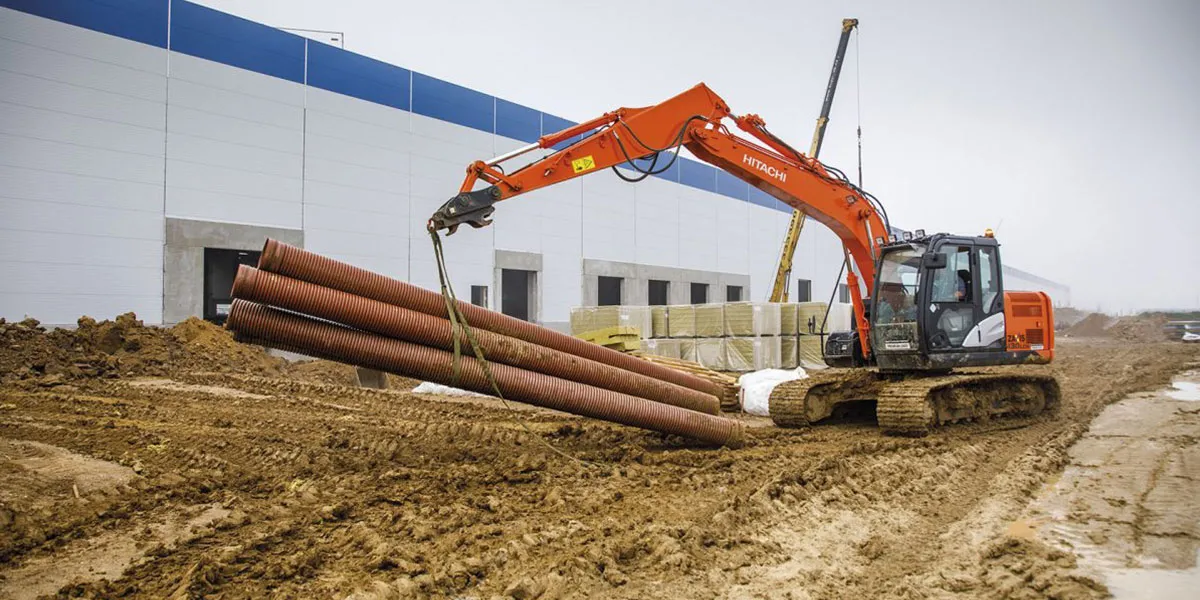The empowerment of labour lies at the heart of a prosperous and self-reliant India. Employment has risen sharply from 475 million in 2017–18 to 643.3 million in 2023–24, adding 168.3 million jobs within six years. Over the same period, the unemployment rate fell from 6.0 per cent to 3.2 per cent, while 15.6 million women entered the formal workforce—reflecting the Government’s focus on inclusive labour growth. These trends have supported broader socio-economic progress, including reductions in poverty and a rapid expansion of the country’s social protection architecture, now one of the largest globally.
Recognising the central role of labour in economic development, the Government consolidated 29 labour laws into four modern Labour Codes: the Code on Wages (2019), the Industrial Relations Code (2020), the Code on Social Security (2020), and the Occupational Safety, Health and Working Conditions Code (2020). This historic reform simplifies compliance, strengthens worker protections, and aligns India’s labour framework with contemporary economic and technological realities.
Why Codification Was Needed
Reforming labour laws has been an ongoing process. India’s earlier legislations were fragmented, complex, and in many cases drafted in the pre-Independence era. The codification effort aimed to:
Simplify compliance by replacing multiple laws with a unified structure.
Streamline enforcement by reducing overlapping authorities.
Modernise outdated provisions to reflect present-day work patterns.
Introduce single registration, single licensing, and single returns.
Promote ease of doing business and support large-scale employment generation.
This codification followed recommendations of the Second National Commission on Labour and was shaped through extensive tripartite consultations with Government, employers, and trade unions.
Code on Wages, 2019: Fair Pay And Universal Coverage
The Code on Wages merges four key laws on remuneration and establishes a simplified, uniform wage framework.
Major Highlights
Universal Minimum Wages: A statutory right for all workers across sectors.
National Floor Wage: States cannot set wages below the floor level.
Transparent Wage Fixation: Based on skill levels, geography, and working conditions.
Gender Equality: No discrimination in hiring or wages, including for transgender workers.
Universal Payment Rules: Apply to all employees, instead of only those earning up to Rs 0.24 million per year.
Overtime Pay: At least twice the normal rate.
Inspector-cum-Facilitator System: A shift from policing to guidance.
Decriminalisation: First-time offences attract monetary penalties rather than imprisonment.
Industrial Relations Code, 2020: Balanced Rights For Workers And Industry
This Code consolidates the Trade Unions Act, Industrial Employment Act, and Industrial Disputes Act. It aims to improve dispute resolution and encourage harmonious industrial relations.
Major Highlights
Fixed-Term Employment: Full parity in wages and benefits, with gratuity after one year.
Re-skilling Fund: Fifteen days’ wages provided to retrenched workers for training.
Trade Union Recognition: Unions with 51 per cent membership gain negotiating rights.
Expanded Worker Definitions: Coverage extended to journalists, sales staff, and supervisors earning up to Rs 0.18 million per year.
Higher Thresholds: Approval requirements for retrenchment and closure raised from 100 to 300 workers.
Work-from-Home Provisions: Allowed for service industries.
Industrial Tribunals: Faster resolution through two-member tribunals.
Digital Processes: Electronic filings, registrations, and communication.
Mandatory Strike Notice: Fourteen days’ notice for strikes and lockouts.
Code on Social Security, 2020: Universal Protection For All Workers
This Code consolidates nine existing social security laws and extends benefits to unorganised, gig, and platform workers.
Major Highlights
Expanded ESIC Coverage: Applicable across India, with voluntary access for smaller units.
Time-Bound EPF Enquiries: Limited to five years, with strict completion timelines.
Lower EPF Appeal Deposits: Reduced to 25 per cent of the assessed amount.
Self-Assessment for Construction Cess: Cutting delays and inspections.
Gig and Platform Worker Inclusion: Aggregators to contribute 1–2 per cent of turnover (capped at 5 per cent of payouts).
Social Security Fund: Dedicated financing for unorganised and gig workers.
Wider Dependent Coverage: Includes grandparents and parents-in-law in certain cases.
Uniform Wage Definition: Ensures consistency in gratuity and pension calculations.
Commuting Accidents Covered: Travel to and from work treated as employment-related.
Gratuity for Fixed-Term Workers: Eligible after one year.
Digitised Compliance: Electronic records, risk-based inspections, and faster processing.
Occupational Safety, Health And Working Conditions Code, 2020: A Safer, Modern Workplace
This Code consolidates 13 laws governing safety, working conditions, and welfare standards.
Major Highlights
Unified Registration: One electronic registration for establishments with 10 or more workers.
Hazardous Occupations: Coverage may extend to even a single employee.
Simplified Compliance: Single registration, licence, and return.
Expanded Migrant Worker Definition: Covers direct, indirect, and self-initiated migration.
Workers’ Welfare: Free annual health check-ups and mandatory appointment letters.
Women’s Employment: Allowed in all sectors and night shifts with safety measures.
National Database For Unorganised Workers: To improve job access and social security.
Victim Compensation: At least 50 per cent of fines directed to affected workers.
Contract Labour Reform: Higher thresholds and auto-generated licences.
Working Hours: Maximum of 8 hours per day and 48 per week, with double-rate overtime.
Safety Committees: Required in establishments with 500 or more workers.
Decriminalisation: Penalties replaced with monetary fines to encourage compliance.
Transformative Impact Of The New Labour Codes
Together, the four Labour Codes offer multiple long-term benefits:
Alignment of labour laws with modern economic and technological conditions.
Stronger safety, wage, and social security protections for all workers.
Greater formalisation of the workforce through clear definitions and digital systems.
Simplified compliance, reducing burdens for employers.
Technology-driven transparency through online inspections and registrations.
A harmonised framework replacing decades of fragmented regulations.
A more conducive environment for investment, job creation, and sustained growth.
Conclusion
India’s Labour Codes mark a major turning point in the country’s labour landscape. They balance worker welfare with business efficiency, modernise outdated laws, and simplify processes that were once cumbersome and inconsistent. By strengthening rights, enhancing social security, and supporting transparent governance, these reforms lay the foundation for an inclusive, equitable, and growth-oriented labour ecosystem—one that empowers both workers and industry for years to come.





















